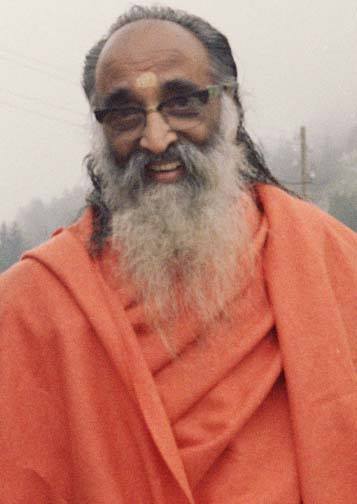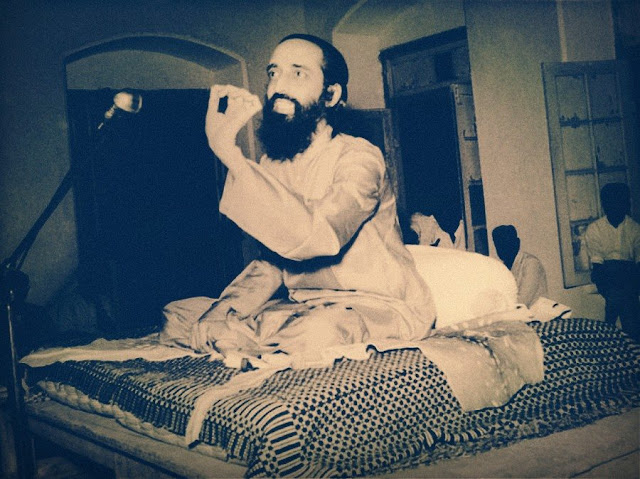MANDUKYA UPANISHAD : INTRODUCTION-19.

MANDUKYA UPANISHAD INTRODUCTION-19. The Agama Prakarana consists of the twelve mantra-s of the Upanishad, with the Karika-mantra-s thrown in between at convenient points where the glosser wants to clarify the expressions and the opinions of the Sruti. We have already explained earlier that Karika is not Bhashyam ( commentary ) ... gloss is not a commentary. Glosser's job is well done when he has explained one aspect of the entire Sastram. His is the job to explain expound a part or a portion of a philosophical system, while Sastram plans to exhaust completely an entire system of thinking. As we go on, we shall try to introduce each Section with introduction which would give sufficient material to make you feel homely in each chapter. END : MAIN INTRODUCTION OF THIS UPANISHAD. Next : Chapter-1. "AGAMA PRAKARANA" ( The Scriptural Treatise ) INTRODUCTION-1. To be continued .....


